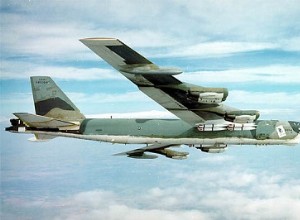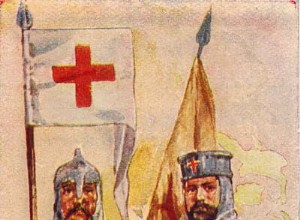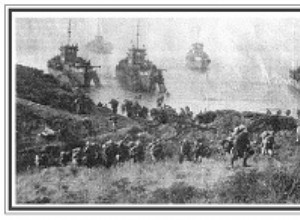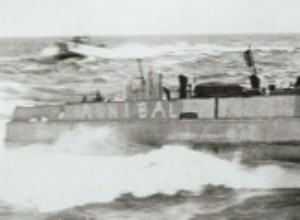The logistical supply from the United States was provided by freighters, and by the Military Airlift Comma (MAC) fleet composed mainly of C-141 Star lifters; the C-130s provided most tactical transport operations, showed a rare efficiency in this work. A considerable fleet of helicopters, especially




